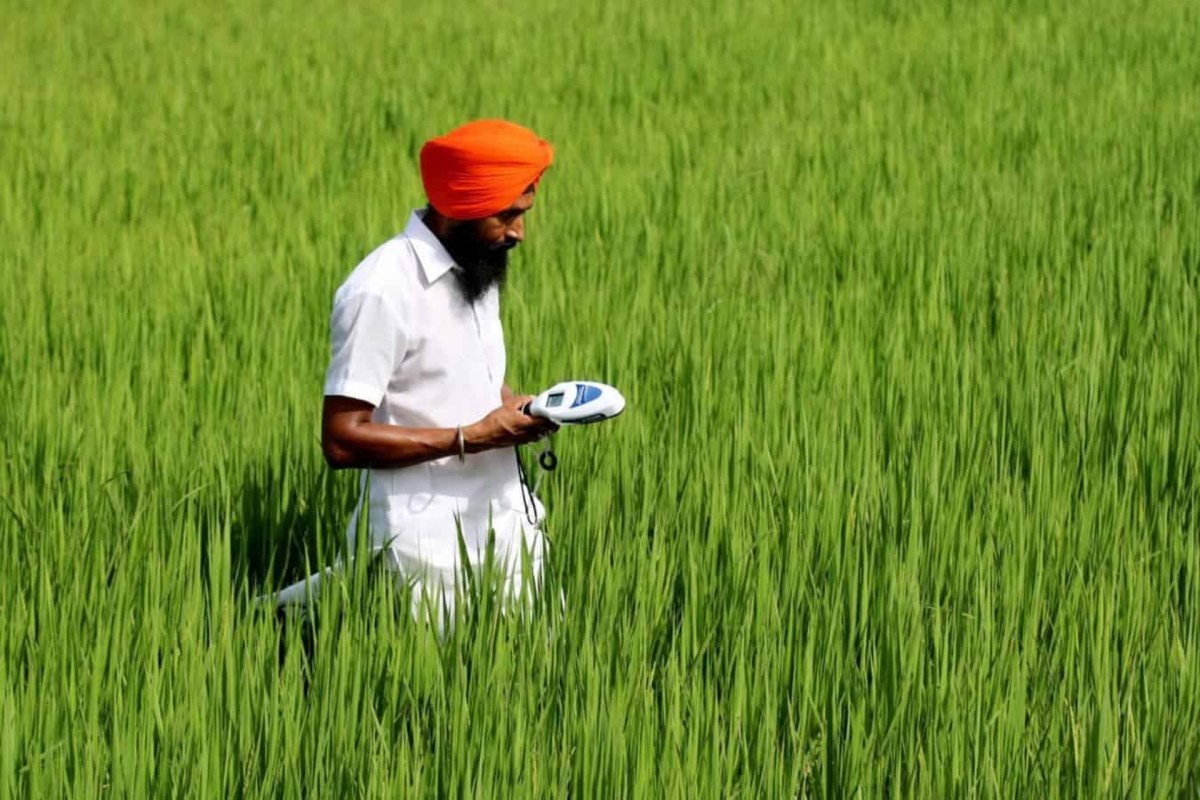Home / Environment / French Firm Invests $30.5M in Indian Climate Tech Startup to Boost Regenerative Farming
French Firm Invests $30.5M in Indian Climate Tech Startup to Boost Regenerative Farming
13 Nov
Summary
- Mirova invests $30.5M in Indian climate tech startup Varaha
- Funding to expand Varaha's regenerative farming program for smallholder farmers
- Varaha's carbon credit model channels corporate capital into emissions-reduction projects

In a significant move, the French climate-focused investment firm Mirova has invested $30.5 million (€26.4 million) in the Indian climate tech startup Varaha. This investment, made just last month, will help Varaha expand its regenerative farming program, supporting hundreds of thousands of smallholder farmers in northern India.
The deal marks Mirova's first carbon investment in India, but its structure is unique. Rather than taking equity, the Paris-based firm is investing cash and will receive a share of the carbon credits generated over time. This arrangement is part of Mirova's broader carbon investment strategy, which channels corporate capital into verified emissions-reduction projects.
Regenerative farming, the practice of restoring soil health and enhancing biodiversity, is gaining traction as a practical approach to making agriculture more resilient to climate change. In India, where millions of small farmers face declining soil fertility and erratic rainfall, this approach is crucial for both sustainability and survival.
Varaha, founded just this year, designs and operates carbon projects across regenerative agriculture, agroforestry, and biochar. The startup works with a network of local partners to implement these projects and uses real-time monitoring software to report and verify both climate and social outcomes.
With Mirova's investment, Varaha plans to procure the machinery needed to implement regenerative practices, such as direct seeding of rice and incorporating crop residue into the soil. This will help the startup scale its Kheti project, which currently covers over 200,000 hectares and is expected to reach around 337,000 farmers across 675,000 hectares.




